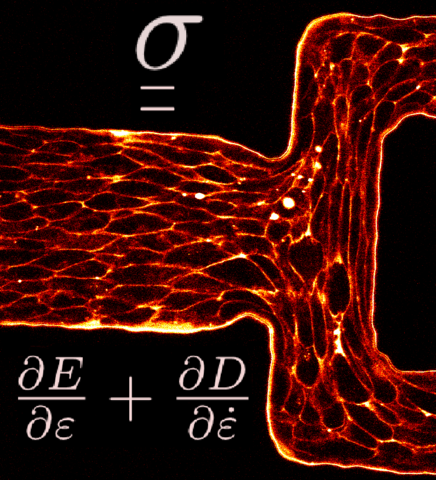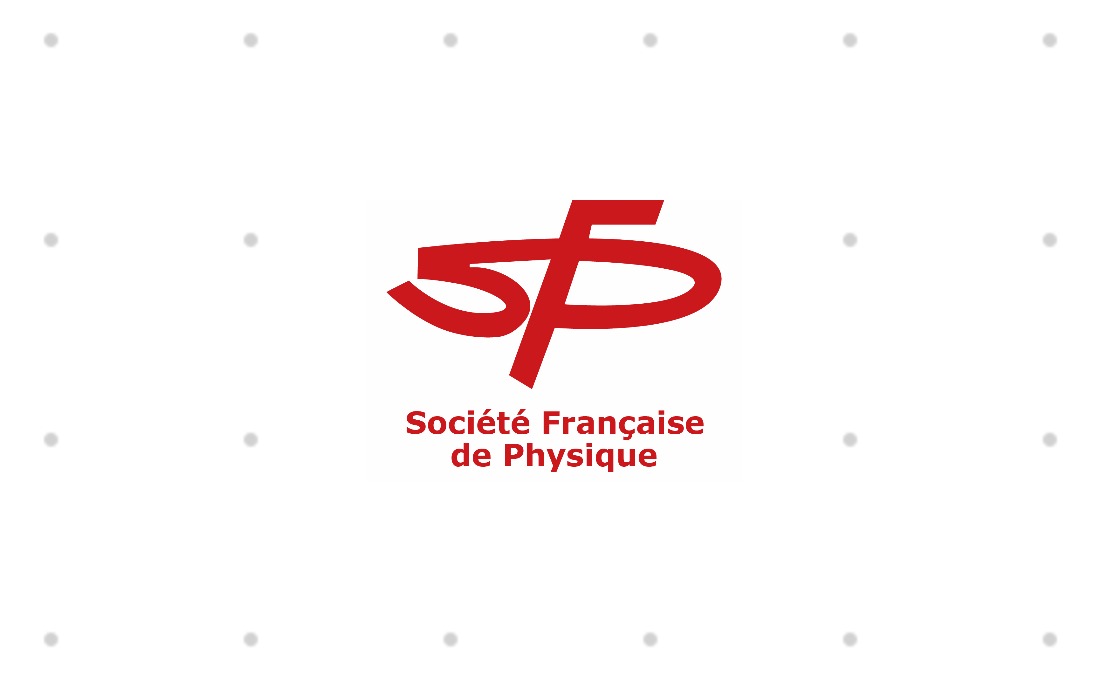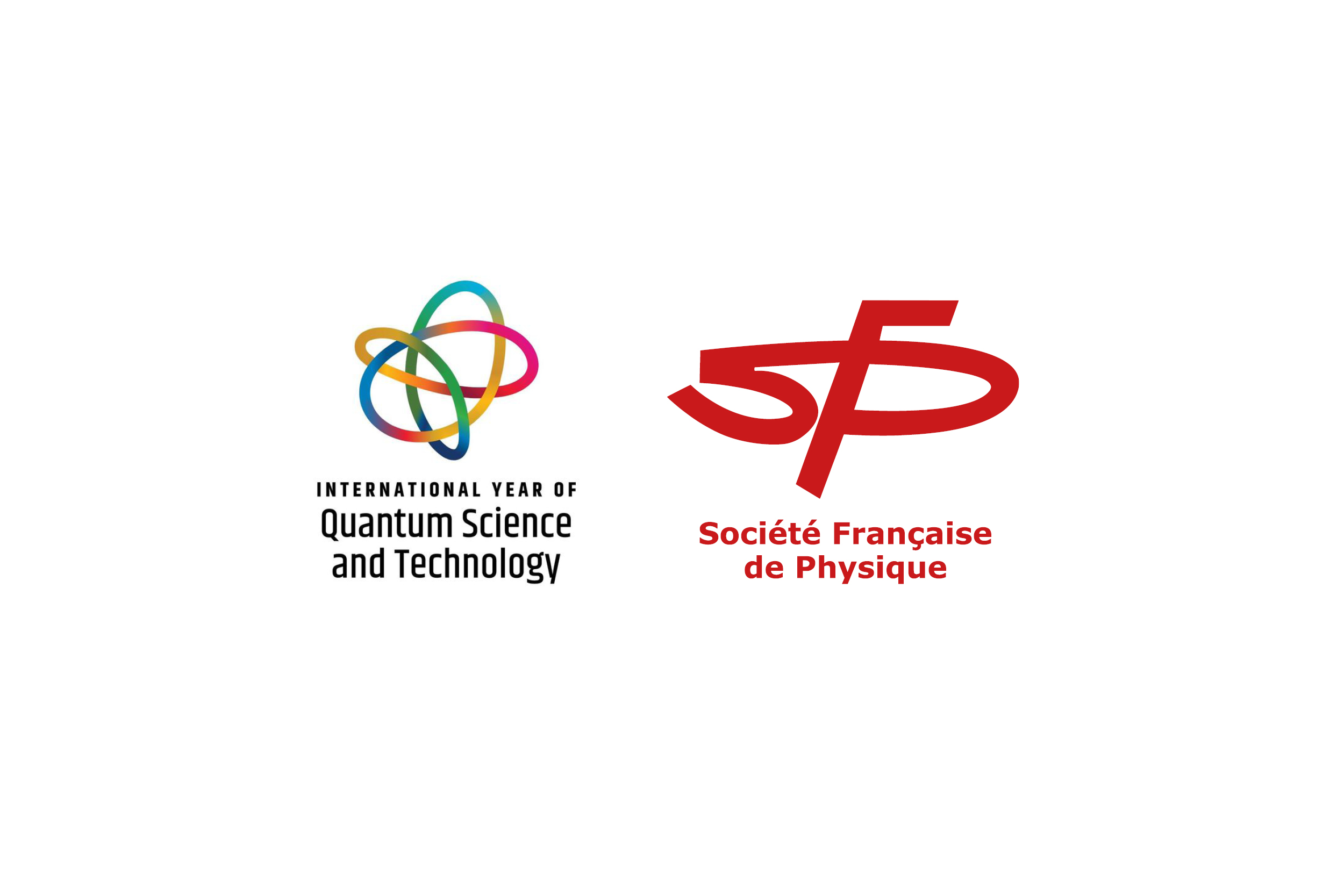EPJ E Colloquium – The importance of rheology in tissue development

Our understanding of biomechanics increasingly improves through the use of physics models. There are some intriguing biological questions regarding the interplay between the behaviour of cells and the mechanics at the level of tissues. For example, how does a collective behavior, not apparent at the cell scale, emerge at the tissue level? Or how can the mechanical state of a tissue affect the cell division rate or the orientation of cells undergoing division?
The authors of this new EPJ E Colloquium entitled “Mechanical Formalism for Tissue Dynamics” think that the interplay between genes and mechanics is key to understanding how the adult shape emerges from a developing tissue.
In this Colloquium the authors construct rheological diagrams based on insights concerning the mechanics of the biological tissue. One of the main insights is a distinction between intra-cellular and inter-cellular mechanism. The local rheological equations that they obtain allow them to generate a complete spatial model expressed as a set of partial differential equations. This procedure is conducted not only in the usually treated case of small elastic deformations, but also in the relevant, less discussed, case of large elastic deformations. With this paper the authors provide a functional and versatile toolbox for tissue modelling and propose a framework for a tensorial treatment of heterogeneous tissues. Although the simplest applications concern in vitro experiments, the same approach may be used for many other living tissues including animal tissues during development, wound healing, or carcinogenesis.
Sham Tlili, Cyprien Gay, François Graner, Philippe Marcq, François Molino, and Pierre Saramito (2015),
Colloquium: Mechanical formalisms for tissue dynamics,
European Physical Journal E, DOI: 10.1140/epje/i2015-15033-4
Article posté le 30/06/2015


